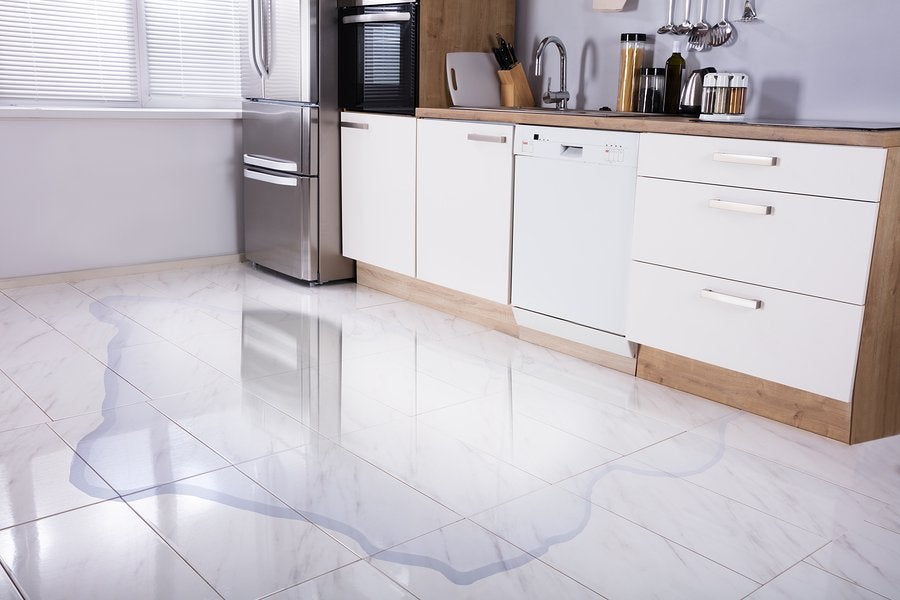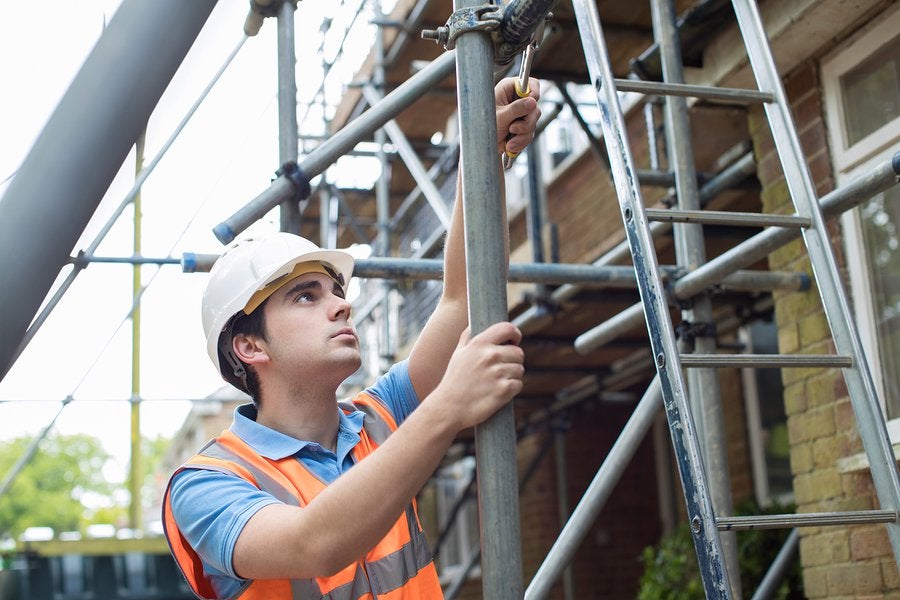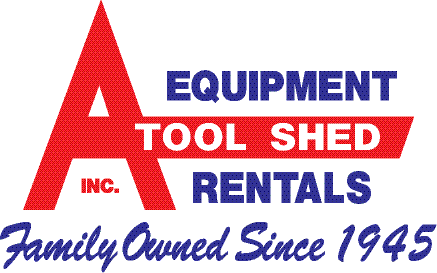-
Tips for Cleaning Up Water Damage

In addition to the cosmetic issues it causes, water damage can lead to mold and serious structural problems that you can’t see. To avoid these costly issues, it’s critical to clean up water damage as soon as possible. If water damage has happened in your home, with the right rental equipment and techniques, you can restore your space to normal while preventing long-term complications. These tips will help you clean up after water damage has occurred.
Use the Right Safety Equipment
If there is standing water in your home, proceed with caution during your cleanup. Flood water and water from burst pipes can contain dangerous bacteria, so wear eye goggles and protective gloves and boots. Before you walk into standing water, ensure that there are no electrical lines in the water, and be aware that floodwater can also contain snakes and other displaced animals. If there is no standing water, safety gear is still recommended, as bacterial contamination will still be possible.
Remove Damaged Flooring and Furniture
Water-soaked flooring and upholstered furniture cannot always be saved, and leaving them in a space you are trying to dry out will increase the moisture in the air. If you have carpet that was exposed to water for an extended period of time, remove it along with the carpet padding. Failing to do so can allow mold to grow. Upholstered furniture should also be removed unless its water exposure was minimal.
Rent a Dehumidifier
It’s impossible to clean up water damage thoroughly without a dehumidifier. Combing a dehumidifier with air movers—which are special kinds of fans that help to draw moisture out of walls—will help you get even better results. Using a dehumidifier will help you avoid secondary damage like mold growth, electrical damage, and warped doors and ceilings.
If your home is affected by water damage, call A Tool Shed in San Jose to rent a dehumidifier and all of the other tools you need to restore your home to normal. Reserve the equipment rentals you need or find out about your affordable used equipment sales by calling (800) 286-6574.
-
FAQs About Scaffolding Safety

When you rent scaffolding for a project, safety is key. By paying attention to a few basic safety rules, you can get your project done without any injuries or delays. As with any piece of rental equipment, check the safety recommendations for the scaffolding you are using before you start using it. These answers to frequently asked questions about using a scaffold safely will help you avoid problems when you’re working on your project.
What kind of foundation can I put the scaffolding on?
Some scaffolds are designed to use on uneven surfaces—for instance, with one side of the scaffold on the ground and the other side on a step. However, the ground itself should always be flat and free from debris that could make the scaffold unstable. Be sure to read the instructions for the kind of scaffolding you are using to determine which surfaces are safe.
Do scaffolds have to be tied down?
Scaffolding must be tied to a structure for security. Make sure whatever structure you tie the scaffolding to is sturdy and can support not only the scaffold but all of the weight of the people and loads you move across it. Freestanding scaffolding must also be stabilized so that it doesn’t tip and can withstand wind gusts.
How do I increase the height of my scaffolding?
Before you arrange your equipment rental, calculate the height you will need your scaffolding to be. Many kinds of scaffolding offer adjustable height, so you can adapt to the needs of the site. However, if your scaffold is too short, do not try to add height by using a ladder or piling plans on the scaffold base. This dangerous practice puts both the person on the scaffold and anyone on the ground at risk.
A Tool Shed offers a wide range of used equipment and equipment rentals, from tools to scaffolds and forklifts. If you’re not sure which tools you need to rent for your job, let our team help you make the right selections. Make a reservation for equipment rentals in San Jose today by calling (800) 286-6574.
-
A Beginner’s Guide to Circular Saws
If you are doing any kind of woodwork, a circular saw is a must-have tool. You can make just about any kind of cut you want with a circular saw, plus this versatile tool is also user-friendly, even for novices.
Watch this video to learn how to use a circular saw. It’s easy to adjust the depth of your saw for different projects, and using different kinds of blades can help you get the finish you want.
Circular saws are just one of the many equipment rentals we offer at A Tool Shed . For new and used tools and equipment rentals in San Jose, call us today at (800) 286-6574.
